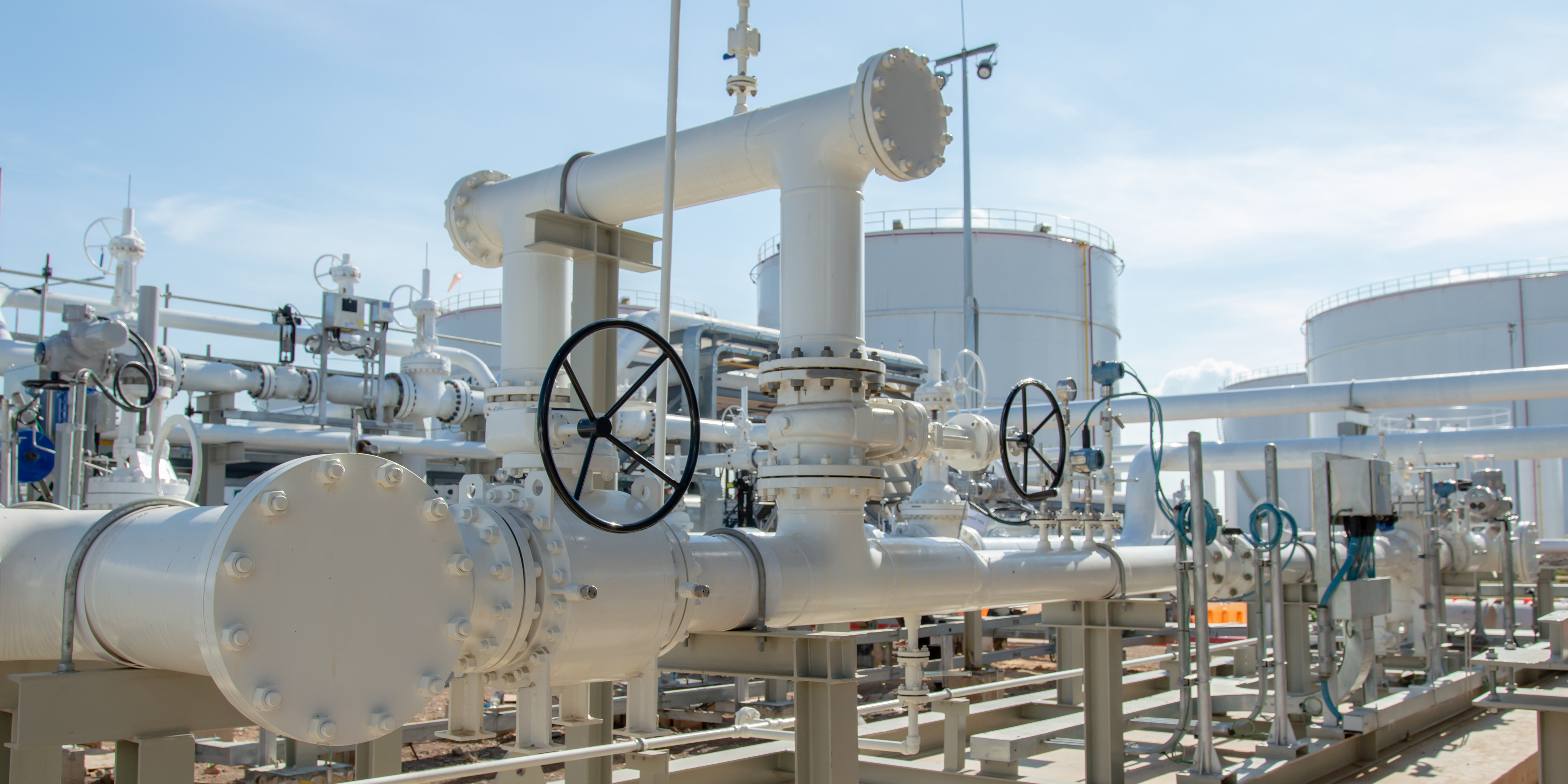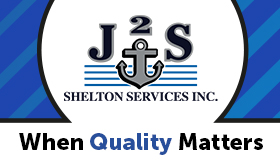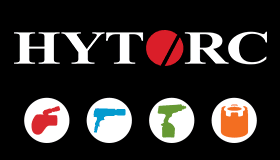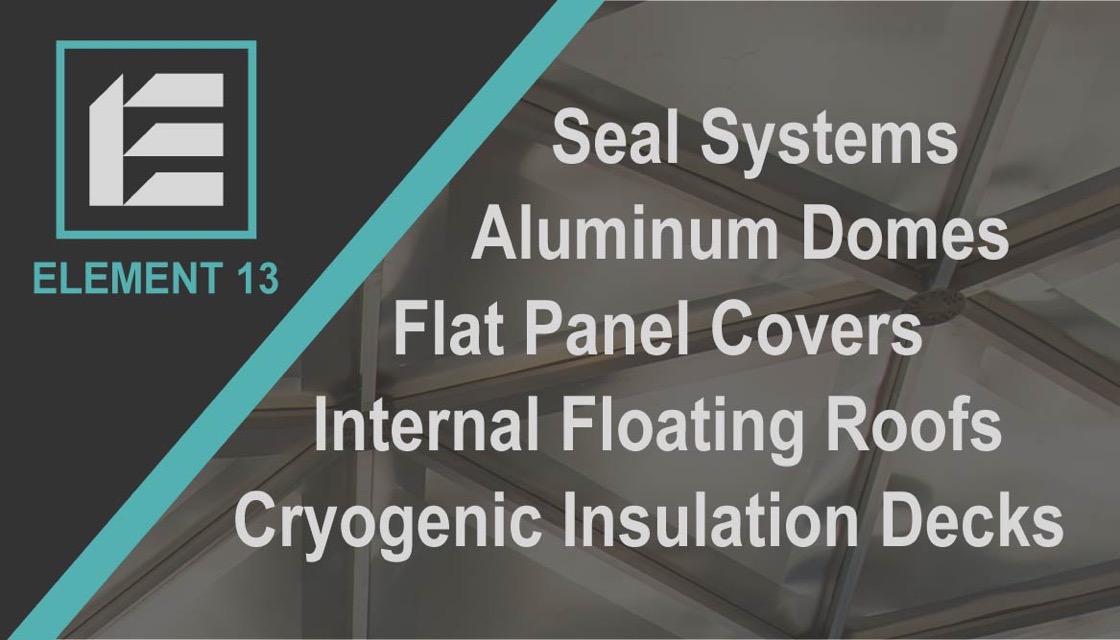The Pipeline and Hazardous Materials Safety Administration has backed off strict enforcement of its rule regulating natural gas gathering lines, which is a key prong in the Biden administration’s effort to control methane leakage, through an agreement with industry groups to delay imposition for certain pipelines by a year.
PHMSA reached an agreement with the American Petroleum Institute and GPA Midstream, which challenged the November 15, 2021, final rule in court, and concluded that delaying enforcement on mid-sized gathering pipelines for an additional year would give the industry the time and resources needed to bring larger gathering lines into compliance by May 16, 2023.

Under the agreement, announced in the Federal Register July 9, operators would have until May 17, 2024, to achieve compliance for mid-sized pipelines, or those with outside diameters between 8.625 inches and 12.75 inches.
PHMSA finalized its rule on natural gas gathering lines last year in conjunction with the Environmental Protection Agency’s methane emission regulations. This was done as both a pipeline safety and methane leakage control measure.
PHMSA said regulation of gathering lines is warranted because they are getting larger, and a pipeline rupture could emit more than 1,000 metric tons of the potent greenhouse gas. The rule would place about 425,000 miles of gathering lines under federal safety and reporting standards for the first time, the agency said.
“PHMSA understands that the greatest safety benefits anticipated from the final rule could be achieved where regulatory resources focus on first ensuring compliance with the final rule’s requirements governing higher-risk, larger-diameter,” gathering lines with outside diameters greater than 12.75 inches, the Department of Transportation agency said in a July 8 notice.
The notice of PHMSA’s “limited enforcement discretion” on the mid-sized, “Type C,” gathering lines marks the second such enforcement discretion announced by the agency in the past few months.
PHMSA, in early May, promised to limit enforcement of new controls on methane leakage at newly constructed “incidental” lines located within 10 miles of the end of gas gathering systems as a means to ensure the regulations do not discourage midstream operators from undertaking safety enhancements or repairing existing facilities.
Gas gathering lines transport unprocessed gas, primarily methane, away from production sites to connections with gas processing facilities and other transportation pipelines. PHMSA regulation of transportation pipelines carrying oil, natural gas and hazardous liquids has been a staple of its regulatory coverage, with the addition of gathering lines last year being a major expansion.
The agency has rejected industry complaints about the gathering line rules, but at the same time said it would use enforcement discretion to ensure that gathering line owners, generally producers or midstream operators, bring their facilities into compliance with the rules.
“PHMSA will continue to enforce all other deadlines and regulatory requirements of the final rule,” it said last week in the notice.
The rule gives Type C gathering lines until May 16, 2023, to comply with the new requirements. API and GPA Midstream filed their appeal with the US Court of Appeals for the DC Circuit when PHMSA denied their requests for rehearing.
Last month, the parties asked the court to hold the case in abeyance while they engaged in settlement talks, which the court did at the end of June.
“The parties wish to inform the court that an agreement to resolve the proceeding has been reached,” attorneys for the government and industry groups said in their July 8 filing with the court. They informed the court that PHMSA would refrain from taking any enforcement action for an additional year for the gathering lines with mid-size diameters.
“Promptly after the conclusion of that period of limited enforcement discretion on May 17, 2024, the parties anticipate that GPA Midstream will move to dismiss this case,” they said.
The November 15, 2021, final rule from PHMSA came after a proposed rule many years earlier, and PHMSA noted that it issued an advisory bulletin to pipeline operators in June 2021, seeking reduction of methane leaks as called for in pipeline safety legislation passed by the Congress at the end of 2020.
A safety advocacy group, Pipeline Safety Trust, has pushed for the regulation of gathering lines for many years. The group noted that PHMSA’s calculation of 425,000 miles of gathering pipelines in the nation is a rough estimate, as operators have never had to report on gathering pipelines and it is not known exactly how many miles of such facilities are in the ground.
For more information visit www.phmsa.dot.gov


















